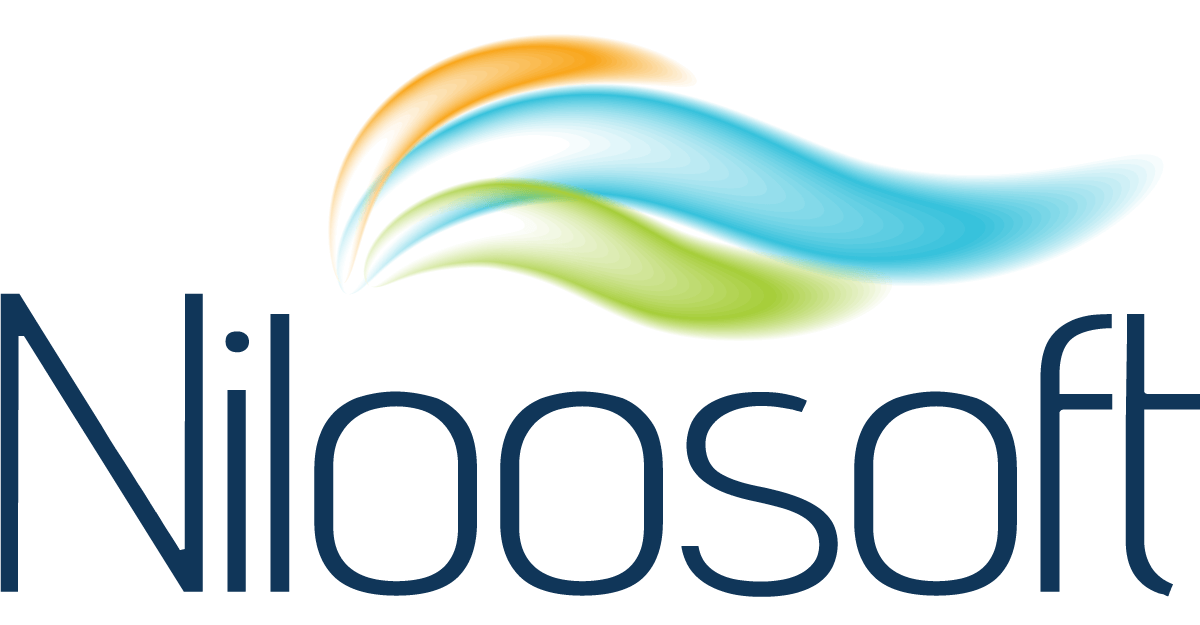Meeting your organization’s mass hiring demands necessitates swiftly implementing robust enterprise recruiting software. The keys to rapid deployment are seamless integration with existing HR ecosystems, meticulous data migration, and targeted stakeholder training to ensure user adoption and system efficacy. By prioritizing these elements, organizations can quickly harness the power of mass recruiting solutions, enhancing efficiency and decision-making in their recruitment strategy.
Choosing The Best Enterprise Recruitment Software For Your Business
One of the best ways to ensure fast implementation of enterprise recruitment software is to pick the right software for your needs. First, determine whether the software integrates with your current human resources tech stack. Integration streamlines your recruitment process, from candidate sourcing to hiring.
Another consideration is the software’s user interface. State-of-the-art enterprise recruitment software is powerful, offers expansive functionalities, and is user-friendly.
Next, assess whether the new software can easily integrate with your current systems. If not, understand the process and potential challenges of transferring data across platforms. It’s also beneficial to identify if you have any leaders or teams within your organization who are already proficient with enterprise recruitment software .optimization
Lastly, consider the advanced features the CRM offers, such as AI applications for automated sourcing and providing updates via email or phone. These functionalities can significantly enhance your recruiting efficiency, allowing for more strategically allocating your team’s time and resources. Once you’ve chosen the right software, you can plan implementation.
6 Steps To Implement Enterprise Recruitment Software
The best way to implement enterprise recruitment software is to take a strategic, structured approach to harness its full potential in streamlining mass recruiting efforts. Here are the six steps of the recruitment software implementation process:
1.Define Your Mass Recruiting Processes
Kickstart the implementation by defining your organization’s mass recruiting processes. Conduct a thorough analysis of your current recruitment workflows, identify inefficiencies, and pinpoint the exact functionalities you need from the software. Establish clear, measurable objectives for what you aim to achieve post-implementation, such as reduced time-to-hire, improved candidate quality, or enhanced recruitment metrics analysis.
2.Schedule Implementation
Strategically schedule the software implementation to align with your organization’s recruitment cycles and minimize operational disruptions. Set a realistic timeline, allocate resources efficiently, and ensure all stakeholders are on board and aware of the expected changes. Effective scheduling mitigates the risk of project overruns and provides a smooth transition to the new system.
3.Integrate Into Your Existing Systems
Seamless integration into your existing HR technology ecosystem is non-negotiable. Work closely with your enterprise recruitment software provider to ensure compatibility and streamline data flows between the new recruitment software and your current systems, such as human resource information system (HRIS), payroll, and performance management platforms. Integration facilitates a unified approach to talent management and eliminates department silos.
4.Train Your Team
Empower your HR team by providing comprehensive training on enterprise recruitment software. Focus on hands-on sessions covering basic functionalities and advanced features, ensuring team members can leverage the system effectively. Prioritize training modules that address the specific processes and challenges of mass recruiting. Then, offering continuous learning opportunities post-launch will further enhance user proficiency.
5.Test And Optimize Processes
Before the full-scale launch, rigorously test the software within a controlled environment. Simulate real-world mass recruiting scenarios to uncover any glitches or inefficiencies in the system. Gather feedback from the test users and work with the software provider to fine-tune the functionalities. The testing and optimization phase ensures the software delivers the intended outcomes.
6.Launch
Execute a structured launch of the enterprise recruitment software across your organization. Communicate the go-live date well in advance, reiterating the benefits and changes the software brings to your recruitment efforts. Post-launch closely monitors the system’s performance and user adoption rates. Be prepared to address any issues promptly and adjust your recruitment strategies based on the new insights and capabilities provided by the software.
Enterprise recruitment software implementation process is a transformative step toward achieving recruitment excellence. By following these six steps, your organization can ensure a successful deployment, fully unlocking the power of modern technology to meet its mass recruiting needs. Taking a strategic approach enhances operational efficiency, significantly improves the candidate experience, and positions the company as an employer of choice in a competitive talent market. Learn more about the implementation here.
Choosing the right enterprise recruitment software and having a solid deployment strategy will empower your HR team during recruitment. Hunter’s Edge enterprise recruitment software makes it easy to find, search, manage, and track your recruitment efforts on the platform. Contact us today if you’re ready to elevate your recruitment efforts with a software solution that combines cutting-edge technology with a seamless implementation strategy. Our team of experts empowers organizations like yours to navigate the complexities of mass recruiting with ease and efficiency.


